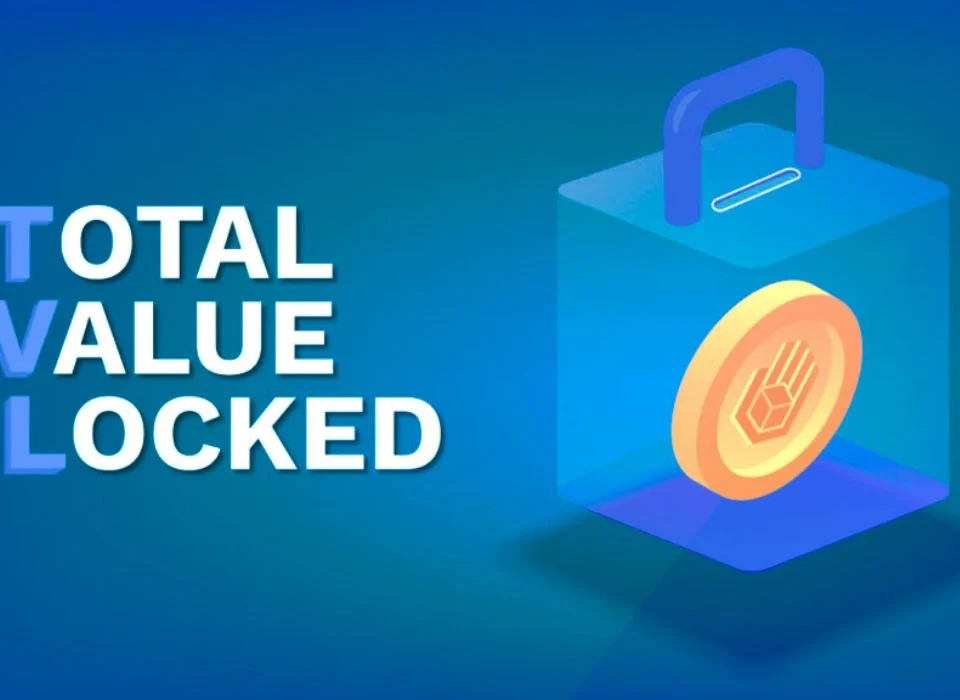
Different Ethereum vs Ethereum classic
14/08/2024
How to Use Crypto Staking Platforms: A Comprehensive Guide
16/08/2024How to Use Crypto Staking Platforms: A Comprehensive Guide
Cryptocurrency staking has become an increasingly popular way for investors to earn passive income in the crypto space. By participating in staking, users can lock up their crypto assets to support the operations of a blockchain network and, in return, receive rewards. This guide provides a comprehensive overview of how to use crypto staking platforms, including the benefits, risks, and step-by-step instructions for getting started.

What is Crypto Staking?
Understanding Staking
Crypto staking involves locking up a certain amount of cryptocurrency in a wallet to participate in the proof-of-stake (PoS) consensus mechanism of a blockchain network. In a PoS network, validators are selected to create new blocks and validate transactions based on the amount of cryptocurrency they have staked. In return for their participation, stakers earn rewards, typically in the form of additional cryptocurrency.
Proof of Stake (PoS) vs. Proof of Work (PoW)
- Proof of Work (PoW): Used by networks like Bitcoin, PoW requires miners to solve complex mathematical puzzles to validate transactions and add new blocks to the blockchain. This process is energy-intensive and requires significant computational power.
- Proof of Stake (PoS): In contrast, PoS selects validators based on the number of coins they hold and are willing to stake. This method is more energy-efficient and allows for faster transaction processing.
Benefits of Staking
- Passive Income: Staking allows users to earn rewards on their cryptocurrency holdings without needing to trade or sell their assets.
- Network Security: By staking, users help secure the blockchain network, contributing to its stability and decentralization.
- Lower Energy Consumption: Staking is more environmentally friendly than mining, as it does not require massive amounts of energy.
Choosing a Crypto Staking Platform
Factors to Consider
When selecting a staking platform, it’s important to consider the following factors:
- Supported Cryptocurrencies: Ensure the platform supports the specific cryptocurrencies you wish to stake. Popular staking coins include Ethereum (ETH), Cardano (ADA), Polkadot (DOT), and Solana (SOL).
- Staking Rewards: Compare the annual percentage yield (APY) offered by different platforms. Higher rewards may be enticing, but they often come with increased risk.
- Lock-Up Period: Some platforms require you to lock up your staked assets for a fixed period, during which you cannot withdraw or trade them. Consider whether this aligns with your investment strategy.
- Security: Choose platforms with strong security measures, including two-factor authentication (2FA), cold storage, and insurance against hacking.
- Fees: Be aware of any fees charged by the platform for staking services, including withdrawal fees and performance fees.
- Reputation: Research the platform’s reputation in the crypto community. Look for reviews, user experiences, and any past security incidents.
Popular Crypto Staking Platforms
- Binance: A leading global exchange that offers staking services for a wide range of cryptocurrencies. Binance provides both flexible and locked staking options with competitive rewards.
- Coinbase: A user-friendly platform that allows U.S. customers to stake certain cryptocurrencies like Ethereum and Tezos. Coinbase automatically distributes rewards to users’ accounts.
- Kraken: Known for its secure and reliable staking services, Kraken supports several major cryptocurrencies and offers flexible staking options.
- eToro: A popular trading platform that also offers staking services for select cryptocurrencies like Cardano and Ethereum.
- Ledger Live: A hardware wallet solution that allows users to stake directly from their secure Ledger device, supporting cryptocurrencies like Tezos, Tron, and Cosmos.
How to Stake Cryptocurrencies: Step-by-Step Guide
Step 1: Choose a Staking Platform
Select a reputable staking platform that meets your requirements based on the factors discussed above. Ensure the platform supports the cryptocurrency you intend to stake.
Step 2: Create an Account and Verify Your Identity
If you haven’t already, create an account on your chosen platform. You may need to complete the Know Your Customer (KYC) process, which involves verifying your identity by submitting personal information and documents.
Step 3: Deposit or Purchase Cryptocurrency
Deposit the cryptocurrency you wish to stake into your account. If you do not already own the cryptocurrency, you can purchase it directly on the platform using fiat currency or other cryptocurrencies.
Step 4: Navigate to the Staking Section
Most platforms have a dedicated section for staking. Navigate to this area to see the available staking options, including supported cryptocurrencies, APY, and lock-up periods.
Step 5: Select the Cryptocurrency and Staking Option
Choose the cryptocurrency you want to stake and select the appropriate staking option. You may need to decide between flexible staking (no lock-up period) or locked staking (fixed lock-up period with potentially higher rewards).
Step 6: Confirm and Stake Your Assets
Review the staking terms, including the lock-up period and potential rewards. Once you’re satisfied, confirm your staking transaction. Your assets will be locked for the specified period, and you will start earning rewards.
Step 7: Monitor Your Staking Rewards
Most platforms allow you to monitor your staking rewards in real-time. Keep track of your earnings and any changes in the staking terms or APY.
Step 8: Withdraw or Re-Stake Rewards
Once the lock-up period ends, or if you choose to withdraw your assets, you can reclaim your staked cryptocurrency and rewards. Some platforms also allow you to automatically re-stake your rewards to compound your earnings.
Risks of Crypto Staking
Market Volatility
The value of the cryptocurrency you stake can fluctuate significantly, affecting the overall value of your staked assets. Even if you earn staking rewards, a sharp decline in the cryptocurrency’s price can result in losses.
Lock-Up Periods
During the lock-up period, you cannot access or trade your staked assets. If the market price drops, you may be unable to sell or take advantage of trading opportunities.
Platform Security
The security of your staked assets depends on the platform you use. A security breach or hack can result in the loss of your funds, so it’s crucial to choose a reputable and secure platform.
Validator Risks
In PoS networks, validators are responsible for maintaining the network. If a validator behaves maliciously or fails to perform its duties, it may be penalized, resulting in a loss of rewards or even a portion of your staked assets.
Regulatory Uncertainty
The regulatory environment for cryptocurrencies is still evolving. Changes in regulations could impact staking activities, including taxation, legality, and the operation of staking platforms.
Conclusion
Crypto staking is an attractive way to earn passive income while contributing to the security and operation of blockchain networks. By carefully choosing a staking platform, understanding the risks, and following the steps outlined in this guide, you can successfully participate in staking and earn rewards. As with any investment, it’s important to conduct thorough research and consider your risk tolerance before staking your assets.



